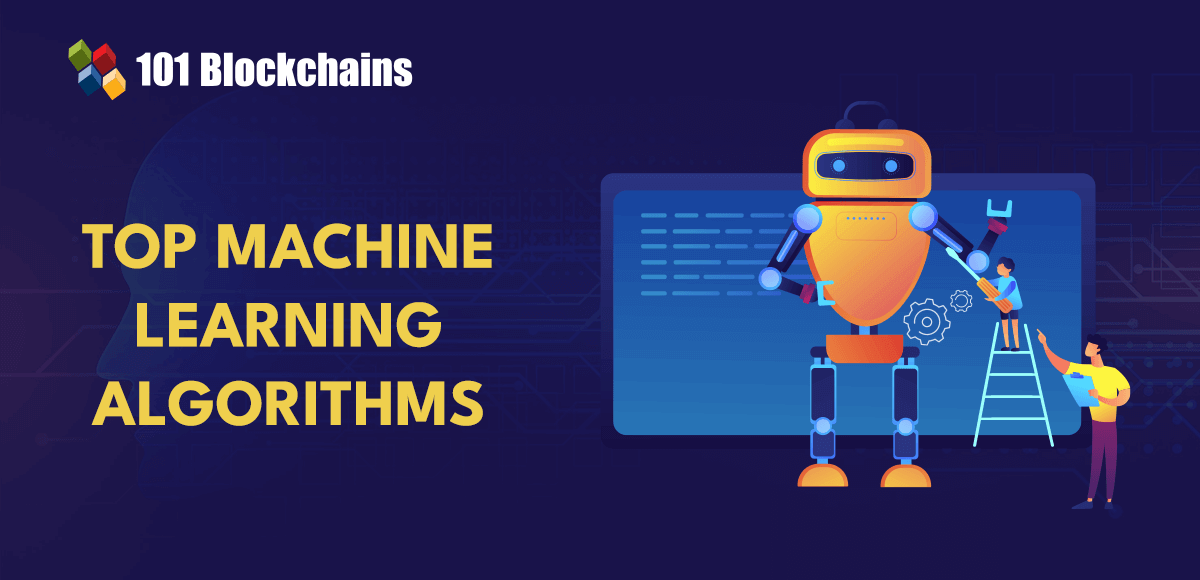Welcome to insideBIGDATA’s annual technology predictions round-up! The big data industry has significant inertia moving into 2024. In order to give our valued readers a pulse on important new trends leading into next year, we here at insideBIGDATA heard from all our friends across the vendor ecosystem to get their insights, reflections, and predictions for what may be coming. We were very encouraged to hear such exciting perspectives. Even if only half actually come true, Big Data in the next year is destined to be quite an exciting ride. Enjoy! [NOTE: please check back often as we’ll be adding new content to this feature article into February 2024]
Daniel D. Gutierrez – Editor-in-Chief & Resident Data Scientist Analytics
The landscape of advertising analytics is poised for a seismic shift with the evolution of omni-channel commerce. The traditional silos between online and offline consumer interactions are crumbling, paving the way for a truly omni-channel consumer. While physical/digital walls are falling down across the consumer’s journey, walled gardens and consumer privacy will still loom large, complicating analytics. This growth of the omni-channel consumer will demand a recalibration of marketing measurement models. The traditional digital last-click attribution will make way for a more nuanced approach, recognizing the influence of multiple touchpoints along the customer journey. This shift will bring forth a more accurate representation of the incremental value each channel contributes to creating and converting consumer demand. Privacy concerns will loom large, necessitating a delicate balance between data-driven personalization and respecting user privacy. Striking this equilibrium will be crucial to maintaining consumer trust while harnessing the full potential of omnichannel analytics. The future of advertising analytics in the era of omnichannel e-commerce will be characterized by a convergence of data, a redefinition of attribution, and a delicate dance with privacy. It’s not just a transformation; it’s a revolution in how we understand, interpret, and leverage consumer data for the art and science of advertising. – Skye Frontier – SVP of Growth at Incremental
Artificial Intelligence AI won’t replace low-code, but enhance it for improved outcomes: For years, low code has given citizen developers the ability to create applications without coding experience. Now ChatGPT has brought to the horizon a promise of dramatic productivity gains for writing code. However, simply using ChatGPT to write code that a developer would have otherwise written is not solving the productivity problem at the right scale. The problem of reuse and maintenance remains unaddressed. Many months of developer time are taken up in absorbing upgrades from upstream teams, executing tech stack upgrades, implementing redesigns to uplevel their app to modern UI/UX patterns, etc. Therefore, AI will not replace low-code but rather be used in tandem with low-code to improve productivity. Next year we will see enterprise software vendors using a combination of computer vision or a trained model to understand patterns and then triggering generative code within their low code platforms. – Vikram Srivats with WaveMaker
Ownership will become the key determinant of success in whether companies’ AI initiatives actually take off in 2024: Businesses were eager to begin adopting generative AI in 2023, particularly as they saw the immediate impacts it had on internal productivity. But in the new year, we’ll begin to see that, while it’s easy for companies to play around with AI, actually driving business impact takes much more than that. Companies delegating AI exploration without a clear problem or dedicated team tend to falter, leading to ineffective outcomes. Ownership will become the key determinant of success in whether companies’ AI initiatives actually take off in 2024 and beyond. When a business owner takes a vested interest in digital innovation, identifies a specific challenge, and assembles a team for experimentation and action, the likelihood of success surges. Ownership will be the key driver of who will succeed in harnessing AI’s transformative potential and who won’t. – Raj De Datta, AI visionary and CEO at Bloomreach
From Enterprise AI to Zero-Trust AI: In 2024, we will see a significant shift in how enterprises approach AI, from focusing on performance to emphasizing accountability. As AI becomes more integrated into critical decision-making processes, organizations will prioritize ensuring the accuracy and reliability of AI outputs. This shift will lead to the development of “zero-trust AI,” where the validation of data sources and the transparency of AI-induced modifications become paramount. The goal will be to create AI systems whose operations and decisions are not just effective but also understandable and reviewable by all stakeholders, thereby fostering a culture of trust and responsibility around AI usage. – David Boskovic, founder and CEO of Flatfile
AI will continue to boom, and we will see adaptations in almost every area of our lives. While it will undoubtedly make our lives easier in many ways, we will see an uptick in error rates because this technology is only as smart as the language it’s been trained on. AI will inevitably replace more people and jobs, but the good news is that it will also create more jobs. In a few years, we will see many IoT devices generating huge volumes of high-cardinality data. With AI, the possibilities are virtually endless, and we are only now starting to explore them. – Jason Haworth, CPO, Apica
AI had quite the year in 2023, dominating the headlines with major analyst firms predicting its significant impact over the years to come. But to be successful in 2024 and beyond, AI will be forced to rely on the very sources many fear the technology will replace: people and data. Retail data is highly complex and dynamic with siloed information that is constantly in flux, whether it’s consumer buying behaviors, delayed shipments, product shortages, or labor demands. Teams equipped with retail order and inventory data management systems will play a major role next year to help produce and maintain clean, accurate, and accessible data needed for businesses to take full advantage of AI. – Nicola Kinsella, SVP of global marketing at Fluent Commerce
Organizations will appoint a chief AI officer to oversee the safe and responsible use of AI: In 2024, organizations will increasingly appoint senior executives to their leadership teams to ensure readiness for AI’s security, compliance, and governance implications. As employees become more accustomed to using AI in their personal lives, through exposure to tools such as ChatGPT, they will increasingly look to use AI to boost their productivity at work. Organizations have already realized that if they don’t empower their employees to use AI tools officially, they will do so without consent. Organizations will, therefore, appoint a chief AI officer (CAIO) to oversee their use of these technologies in the same way many have a security executive or CISO on their leadership teams. The CAIO will center on developing policies and educating and empowering the workforce to use AI safely to protect the organization from accidental noncompliance, intellectual property leakage, or security threats. These practices will pave the way for the widespread adoption of AI across organizations. As this trend progresses, AI will become a commodity, as the mobile phone has. – Bernd Greifeneder, Chief Technology Officer and Founder, Dynatrace
2024 will be the year of the AI and data C-Suite leader: If 2023 is the year that enterprise AI burst onto the scene, then 2024 will be a year of consolidation as businesses look to understand how to use it to gain a competitive advantage and comply with inevitable future regulations. To future-proof AI deployments, organizations will increasingly look to build out a role at the C-Suite level to oversee both AI innovation and compliance, but that won’t necessarily be in the form of a Chief AI Officer. Instead, AI will likely create a new generation of Chief Data Officers where existing data leaders develop new skill sets. Just as we’ve seen the rise of Chief Data and Analytics Officers, we could be about to see the start of a fresh generation of Chief Data and Artificial Intelligence Officers focused on ensuring the data foundations of AI models are compliant with new legislation and of a high enough quality to gain the business a competitive advantage. What’s certain is the rise of AI Governance committees, taking cross-functional roles in ensuring safe and efficient enterprise AI and partnering with Legal, Ethics, Security, and Privacy constituencies in the same way that Data officers have in years past. – Satyen Sangani, CEO and co-founder of Alation
AI’s Ugly Side is Further Revealed: The 2024 Presidential Election is…
Source link
















![The 15 Best Python Courses Online in 2024 [Free + Paid]](https://news.pourover.ai/wp-content/themes/jnews/assets/img/jeg-empty.png)






